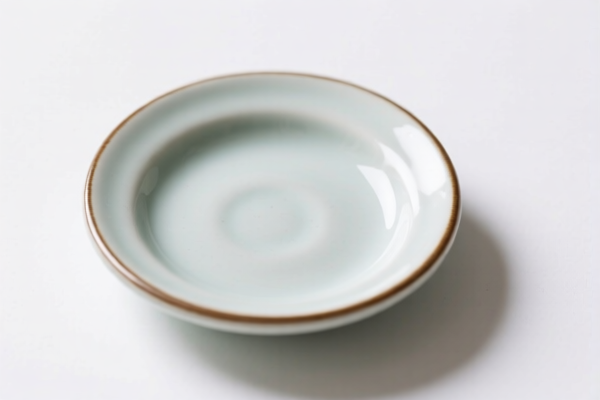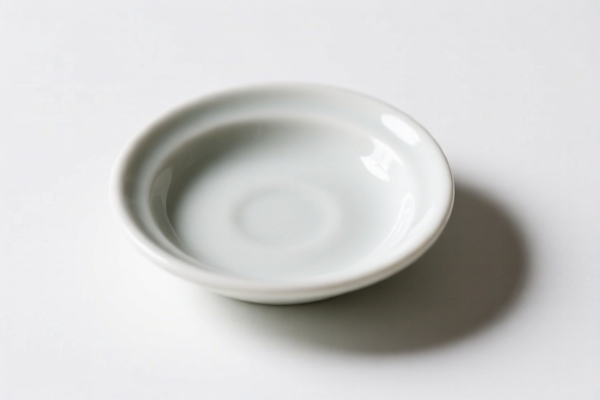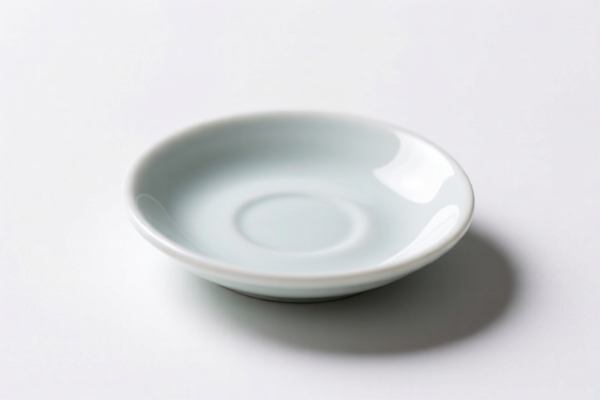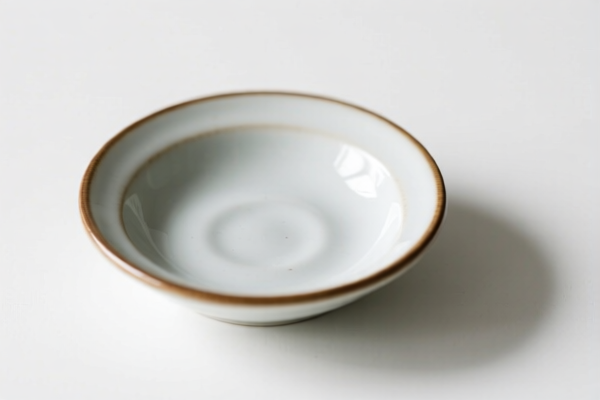| HS Code | Official Doc | Tariff Rate | Origin | Destination | Effective Date |
|---|---|---|---|---|---|
| 9606308000 | Doc | 61.0% | CN | US | 2025-05-12 |
| 1101000060 | Doc | 0.7¢/kg+55.0% | CN | US | 2025-05-12 |
| 1101000010 | Doc | 0.7¢/kg+55.0% | CN | US | 2025-05-12 |
| 1106304000 | Doc | 64.6% | CN | US | 2025-05-12 |
| 1106302000 | Doc | 57.8% | CN | US | 2025-05-12 |
| 2103907800 | Doc | 30.5¢/kg + 6.4%+30.0% | CN | US | 2025-05-12 |
| 2103908000 | Doc | 61.4% | CN | US | 2025-05-12 |
| 2106909985 | Doc | 36.4% | CN | US | 2025-05-12 |
| 2106909990 | Doc | 36.4% | CN | US | 2025-05-12 |




Seasoning Dish
A seasoning dish is a small container used to hold seasonings – spices, herbs, salts, and peppers – for adding to food during preparation or at the table. They are a ubiquitous component of dining and cooking globally, though designs and materials vary significantly by culture and purpose.
Materials
Seasoning dishes are produced from a wide range of materials, impacting both aesthetics and functionality:
- Ceramic: Common due to its non-reactive nature, heat resistance, and diverse design possibilities. Often glazed for ease of cleaning and decoration.
- Glass: Offers visibility of contents. Can be clear, frosted, or colored. Susceptible to breakage.
- Stainless Steel: Durable, hygienic, and resistant to corrosion. Commonly used in professional kitchens.
- Wood: Provides a natural aesthetic. Requires more care to prevent absorption of flavors and odors. Often used for dry seasonings.
- Plastic: Lightweight and inexpensive. Can be less durable and may absorb odors.
- Metal (other than stainless steel): Including silver, brass, and copper, often used for decorative or heirloom pieces. Requires polishing and care.
Purpose
The primary purpose of a seasoning dish is to provide convenient access to flavorings. This includes:
- Pre-cooking seasoning: Holding ingredients for marinades, rubs, or initial flavoring stages.
- During-cooking seasoning: Allowing for incremental additions of flavor while food is being cooked.
- Table seasoning: Enabling diners to adjust seasoning levels to their personal preferences.
Function
The function of a seasoning dish is largely determined by its design:
- Open Dishes: Simplest form, allowing easy access for spoons or pinches.
- Lidded Dishes: Protect contents from moisture, dust, and insects. Often feature holes for sprinkling.
- Divided Dishes: Contain multiple seasonings simultaneously, useful for salt and pepper combinations or spice blends.
- Shakers: Specifically designed for dispensing granular seasonings.
- Grinders: Feature a mechanism for grinding whole spices.
Usage Scenarios
Seasoning dishes are found in a variety of settings:
- Home Kitchens: A standard component of food preparation and dining.
- Restaurants: Used for both front-of-house table service and back-of-house cooking.
- Professional Kitchens: Often stainless steel and designed for durability and hygiene.
- Outdoor Cooking: Portable options are available for picnics, barbecues, and camping.
- Buffets & Catering: Larger, communal dishes are used to provide seasonings for self-service.
Common Types
- Salt and Pepper Shakers: Perhaps the most ubiquitous type, typically paired and featuring multiple holes for dispensing.
- Spice Jars: Small, often glass jars with airtight lids for storing individual spices.
- Herb Keepers: Designed to keep fresh herbs fresh for longer periods, often with a water reservoir.
- Condiment Dishes: Smaller dishes for holding sauces, oils, and other liquid seasonings.
- Mortar and Pestle: Used for grinding whole spices and herbs into powders or pastes.
- Seasoning Boxes: Compartmentalized containers for storing a variety of spices, often used in specific cuisines (e.g., Indian Masala Dabba).
- Oil Dispensers: Bottles or containers for controlled pouring of oils.
- Vinegar Cruets: Similar to oil dispensers, but for vinegar.
Based on the provided information, "seasoning dish" can be classified under several HS codes, depending on the specific composition and ingredients. Here's a breakdown of potential classifications:
- 2103907800: Sauces and preparations therefore; mixed condiments and mixed seasonings; mustard flour and meal and prepared mustard: Other: Other: Mixed condiments and mixed seasonings: Mixed condiments and mixed seasonings described in additional U.S. note 3 to this chapter: Other. This code applies to mixed condiments and seasonings, potentially including seasoning dishes if they fall under this description. The tax rate is 30.5¢/kg + 6.4%, with a potential increase to 30.5¢/kg + 6.4% + 30.0% after April 2, 2025.
- 2103908000: Sauces and preparations therefore; mixed condiments and mixed seasonings; mustard flour and meal and prepared mustard: Other: Other: Mixed condiments and mixed seasonings: Other. This code also covers mixed condiments and seasonings, and may be applicable depending on the specific composition of the seasoning dish. The tax rate is 6.4%, potentially increasing to 6.4% + 30.0% after April 2, 2025.
It's important to note that the classification between these two codes (2103907800 and 2103908000) depends on whether the seasoning dish is specifically described in additional U.S. note 3 to this chapter.
According to the provided reference material, the HS code options related to 'seasoning dish' are limited, with only the following 2 found.
Customer Reviews
No reviews yet.